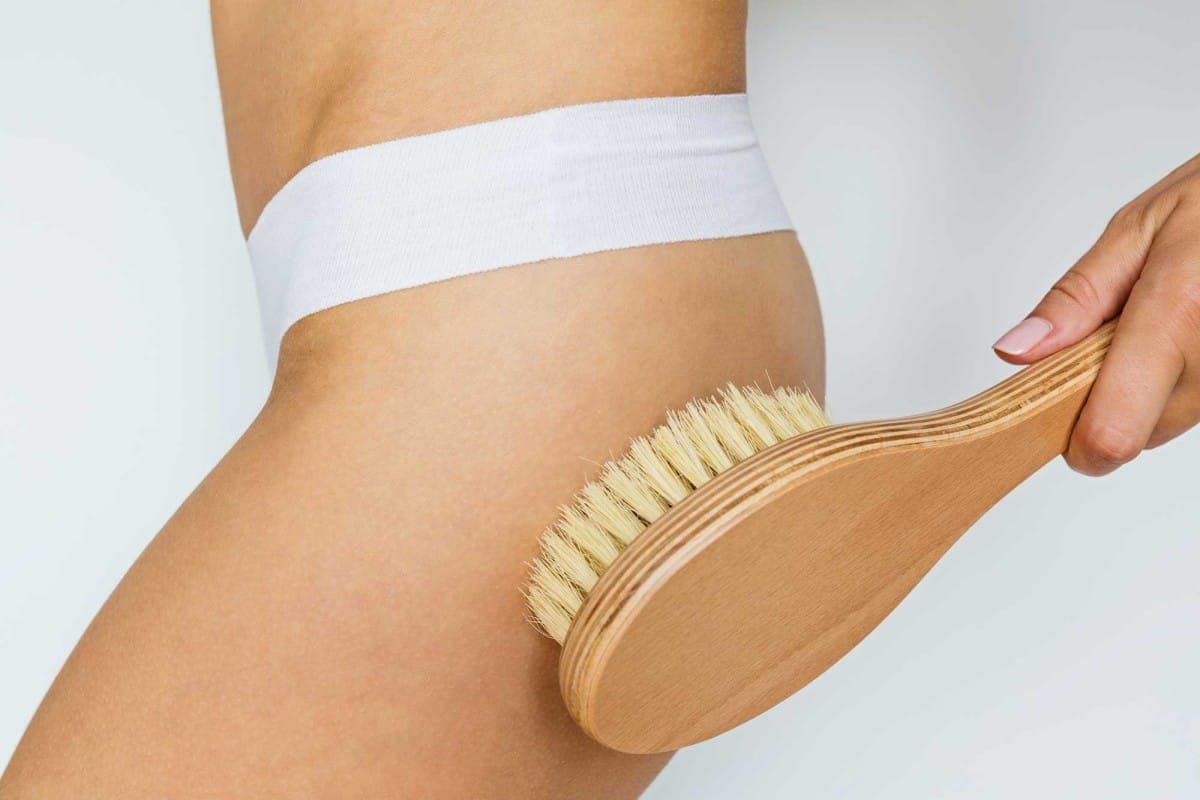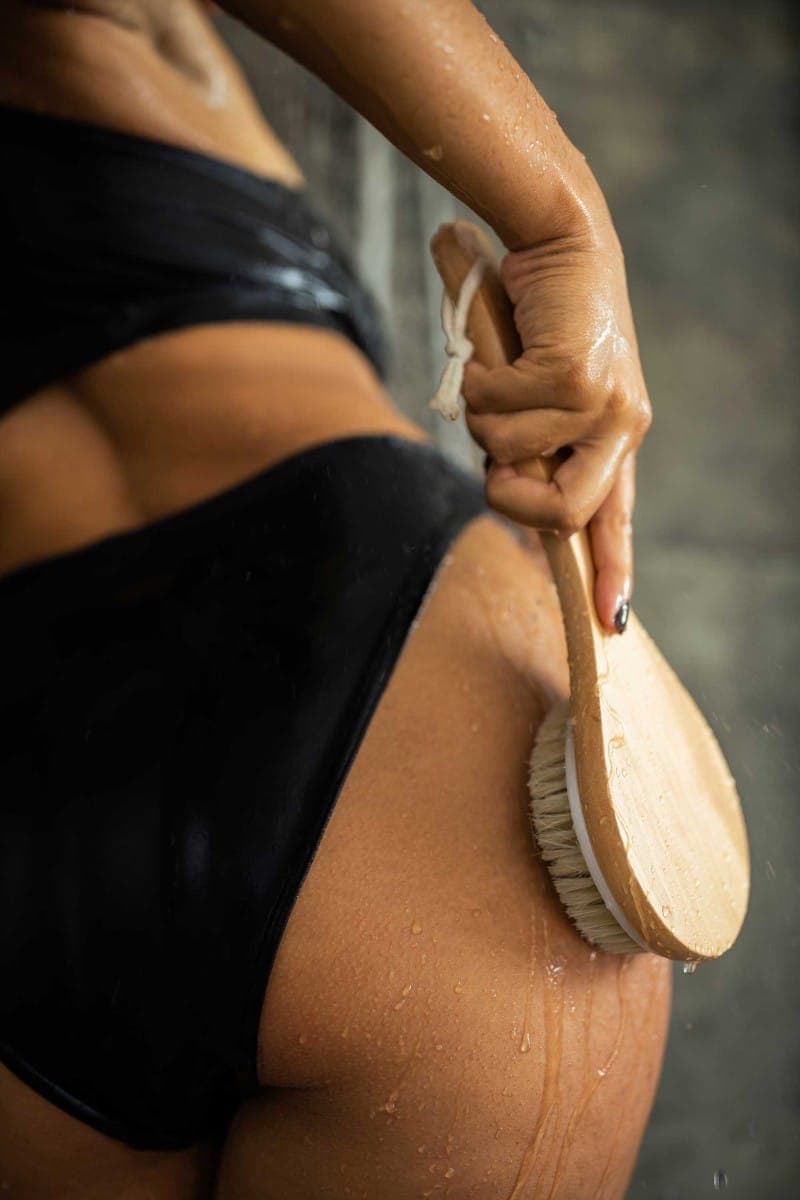Your skin does more than just cover your body—it protects, detoxifies, and regulates. But what if there was a way to help it work better? Dry brushing, an ancient practice that has gained traction in modern wellness circles, is often praised for its ability to exfoliate, stimulate circulation, and promote lymphatic drainage. It’s simple, inexpensive, and requires just a few minutes a day.
While some swear by its ability to invigorate and smooth the skin, others tout its role in supporting the body’s natural detox processes. But does dry brushing really deliver on all these promises? Let’s take a closer look at how it works, the benefits it offers, and how to incorporate it into your routine for the best results.
How Dry Brushing Works
Dry brushing is exactly what it sounds like—using a dry, firm-bristled brush to sweep over the skin in upward strokes. Typically done before a shower, this technique is believed to stimulate the lymphatic system, slough away dead skin cells, and encourage circulation.
The method is simple. Using a natural-bristle brush, start at your feet and move upward toward your heart, using gentle but firm strokes. The same technique applies when brushing your arms—always move toward the heart, which aligns with the direction of lymphatic flow. The entire process takes five to ten minutes, making it an easy addition to your self-care routine.
Exfoliation and Skin Renewal
One of the most immediate benefits of dry brushing is the removal of dead skin cells. Unlike traditional exfoliation methods, which often use scrubs or chemicals, dry brushing relies solely on physical friction. This gentle abrasion speeds up cell turnover, revealing softer, smoother skin.
Regular exfoliation helps prevent clogged pores and ingrown hairs, making dry brushing a great option for those who struggle with body acne or rough patches. It also allows skincare products to penetrate more effectively since fresh, new skin absorbs moisture better than layers of dead skin.
Some claim that dry brushing reduces the appearance of cellulite, though scientific evidence is limited. However, increased circulation and improved lymphatic flow may temporarily create a smoother skin texture, giving the illusion of firmer skin.
Boosting Circulation for a Healthy Glow
Your circulatory system is responsible for delivering oxygen and nutrients to your skin while removing toxins and waste products. Dry brushing helps enhance this process by stimulating blood flow to the skin’s surface, leaving it looking more radiant and energized.

Many people report that after dry brushing, their skin has a natural flush—a sign that blood flow has increased. Over time, improved circulation can contribute to healthier skin by promoting collagen production and tissue repair. This may be particularly beneficial for those with dull or uneven skin tone.
Supporting the Lymphatic System
The lymphatic system plays a crucial role in immune function and detoxification. Unlike the circulatory system, which relies on the heart to pump blood, the lymphatic system depends on muscle movement and external stimulation to keep fluid moving.
Lymph, a clear fluid that carries waste and immune cells, travels through a network of vessels and nodes throughout the body. When lymphatic flow becomes sluggish due to inactivity, illness, or toxin buildup, swelling, fatigue, and a weakened immune response can result.
Dry brushing is believed to encourage lymphatic drainage by stimulating the flow of lymph through the vessels. This gentle stimulation may help the body flush out waste more efficiently, reducing puffiness and promoting overall well-being.
Natural Detoxification
Detoxification is a buzzword in the wellness world, but the body already has built-in mechanisms to eliminate toxins. The liver, kidneys, lungs, and skin all play a role in filtering and expelling waste.
Dry brushing enhances the skin’s role in detoxification by removing dead cells and promoting sweat production, another way the body rids itself of toxins. While dry brushing alone won’t detoxify the body in the way some marketers claim, it can support the natural processes already in place.
Some proponents suggest that dry brushing also stimulates the nervous system, providing an energizing effect that makes it an excellent morning ritual. Unlike harsh scrubs, dry brushing invigorates without stripping the skin of its natural oils.
Enhancing the Effectiveness of Skincare Products
If you invest in quality skincare, dry brushing can help you get the most out of your products. By removing the barrier of dead skin cells, moisturizers, serums, and body oils can penetrate deeper, making them more effective.
Many people follow dry brushing with a warm shower and a nourishing body oil or lotion. Since exfoliated skin absorbs products more readily, this routine leaves the skin feeling hydrated and refreshed.
Stress Reduction and Relaxation
Beyond the physical benefits, dry brushing can have a calming effect on the nervous system. The repetitive, rhythmic strokes provide a moment of mindfulness, reducing stress and promoting relaxation.
Incorporating dry brushing into a self-care ritual—perhaps alongside deep breathing or aromatherapy—can enhance its soothing effects. Some liken it to a light massage, as it provides a similar sense of tension relief.

How to Choose the Right Brush
Not all dry brushes are created equal. To maximize benefits without irritating the skin, choose a brush with natural bristles—typically made from sisal, boar hair, or jute.
A long-handled brush allows for easy access to the back, while a smaller hand-held brush is ideal for precise areas like the neck and décolletage. If you have sensitive skin, opt for a softer brush to prevent irritation.
Tips for the Best Dry Brushing Experience
To make dry brushing a rewarding part of your routine, keep these tips in mind:
- Always brush on dry skin. Moisture can make the bristles too harsh and reduce exfoliation benefits.
- Use light pressure. The goal is stimulation, not abrasion. Pressing too hard can cause microtears in the skin.
- Follow with a shower. Washing off loosened dead skin cells prevents buildup.
- Moisturize afterward. Apply a hydrating oil or lotion to lock in moisture.
- Clean your brush regularly. Rinse with mild soap and let it air dry to prevent bacteria buildup.
FAQs
How often should I dry brush?
Most experts recommend dry brushing two to three times a week. Daily brushing is fine for those with resilient skin but may be too harsh for sensitive types.
Can dry brushing help with cellulite?
While it may temporarily improve skin texture by increasing circulation, there is no conclusive evidence that it eliminates cellulite permanently.
Is dry brushing safe for all skin types?
People with sensitive skin, eczema, psoriasis, or open wounds should avoid dry brushing, as it may cause irritation or worsen existing conditions.
When is the best time to dry brush?
Mornings are ideal, as dry brushing provides an energizing effect. However, it can also be done before bed as part of a relaxing wind-down routine.
Can I dry brush my face?
Facial dry brushing requires a softer brush and lighter pressure. Many prefer using gentler exfoliation methods like enzyme masks or chemical exfoliants for the face.
A Simple Practice with Lasting Benefits
Dry brushing isn’t a magic cure-all, but it’s a simple, effective addition to a healthy skincare and wellness routine. Whether you’re looking to exfoliate, support lymphatic flow, or simply enjoy a refreshing ritual, dry brushing offers a range of benefits.
By incorporating this centuries-old practice into your routine, you can enhance your skin’s glow, boost circulation, and support your body’s natural detox processes—all in just a few minutes a day.




